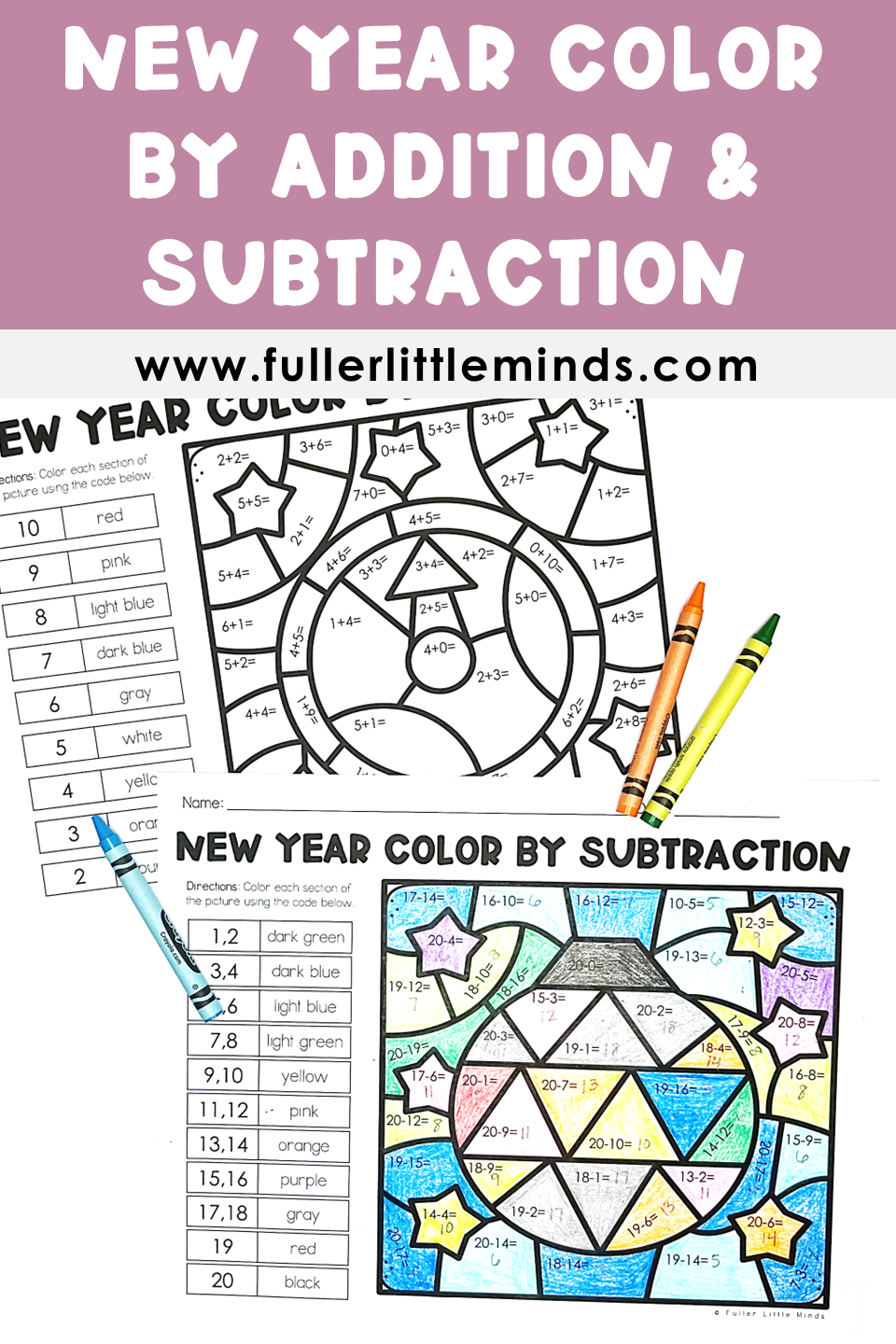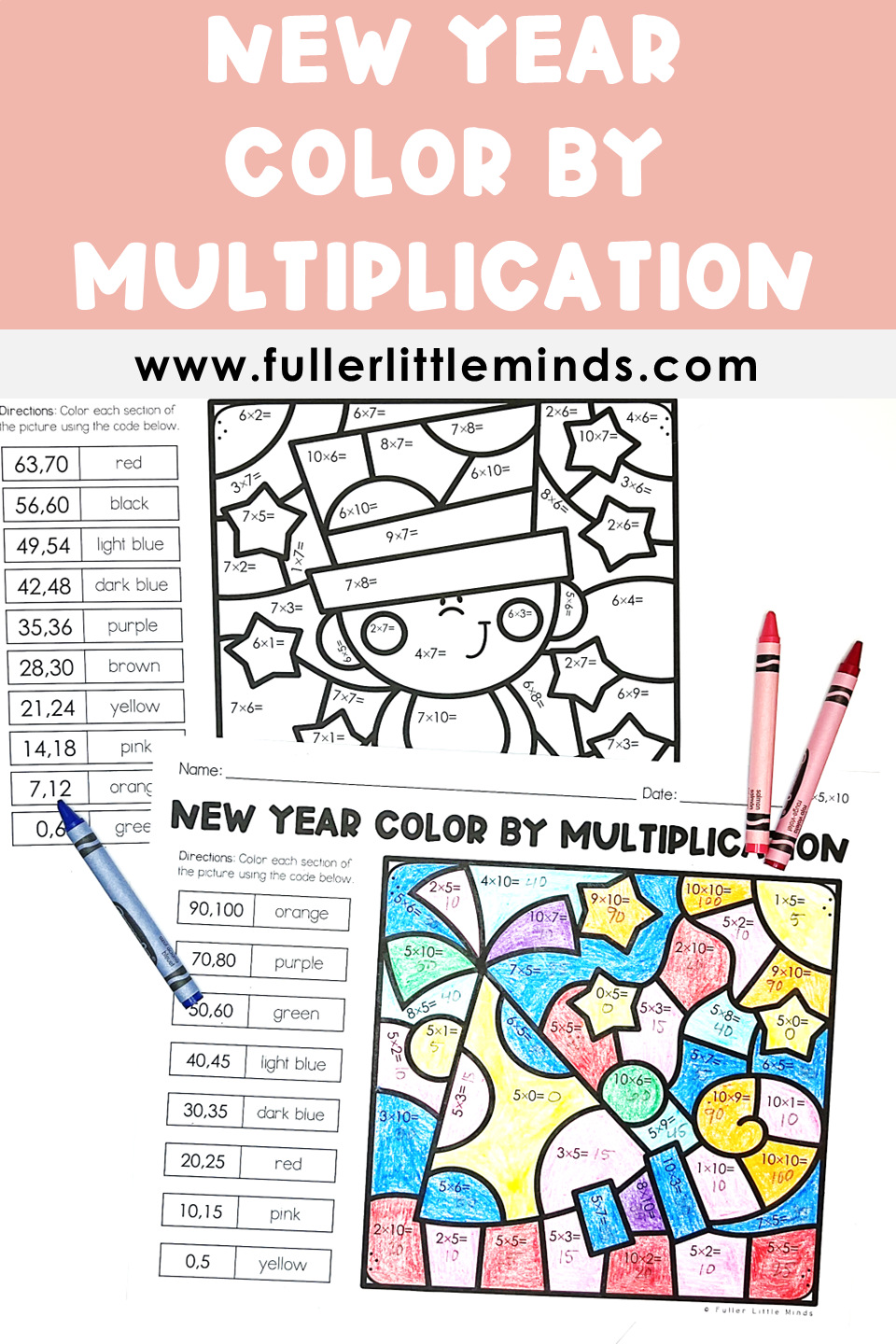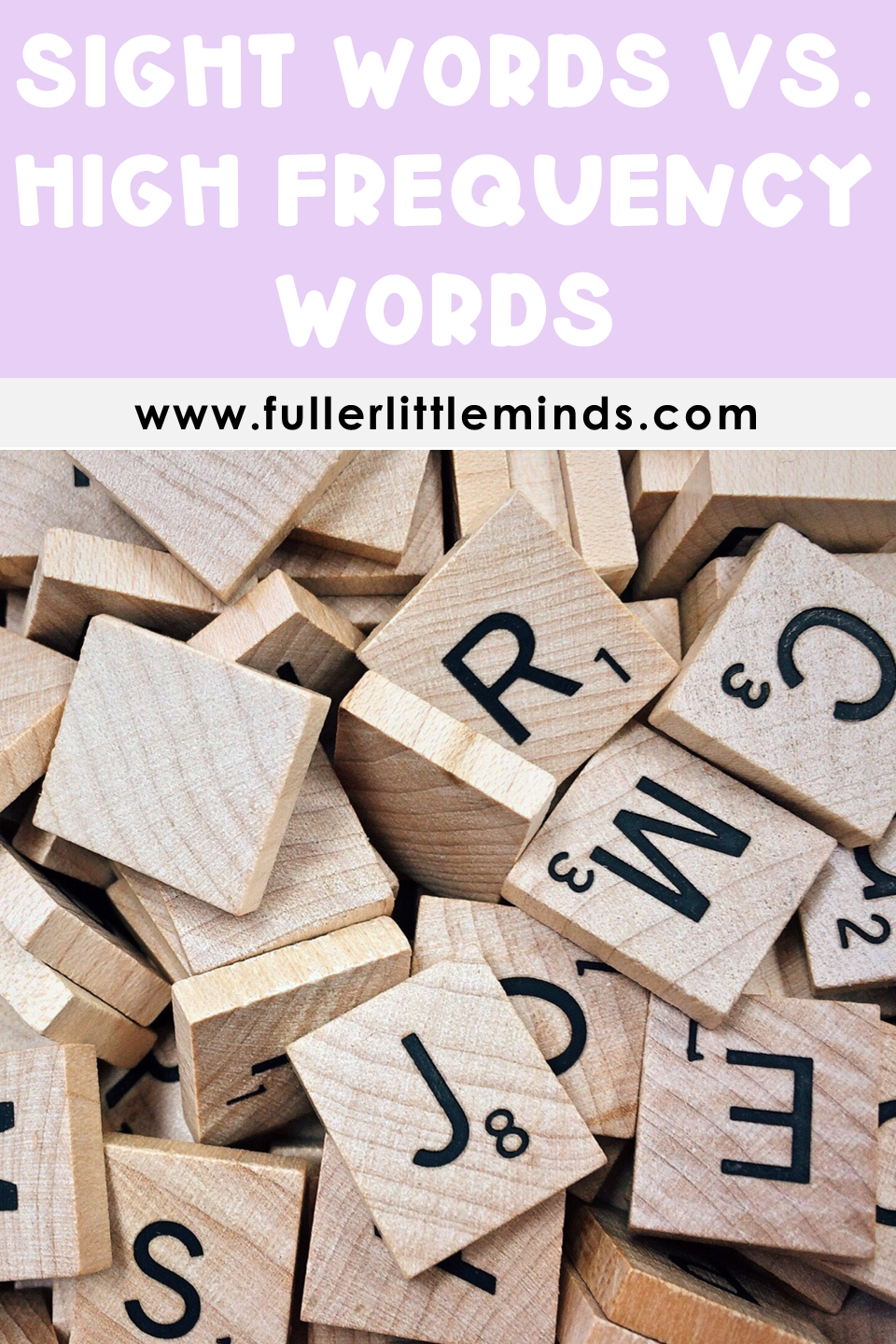109 High Frequency Words Every Student Should Learn
If you haven’t already read my post Sight Words vs. High Frequency Words, I’d suggest starting there and coming back to this post!
In short, high frequency words are words that appear most frequently in text. That means when students are able to turn high frequency words into sight words, they are getting the most “bang for their buck” because they will see those words more frequently than others.
13 High Frequency Words
If you’re a rule follower and went back to read Sight Words vs. High Frequency Words, then you know there are 13 high frequency words that make up 25% of text! (If you didn’t go back and read my previous post, you’re welcome for repeating those words here.) Those 13 words are:
the
of
and
a
to
in
is
you
that
it
he
for
was
109 High Frequency Words
So far you’re probably thinking, “Um this post is called 109 High Frequency Words Every Student Should Learn, not 13 High Frequency Words Every Student Should Learn.”
YES I KNOW! We’re getting there! I do think it’s important to know the impact of those first 13 high frequency words. 109 words is a lot of words for students to orthographically map (learn the sound to letter correspondence), so if. you don’t know where to start, start with the first 13!
Ok, now the moment you’ve all been waiting for…the 109 words.
These 109 high frequency words, along with their derivatives (look, looks, looked, looking, etc.) make up 50% of the words students will see in text. 50%!! Talk about high impact! Here are the 109 words:
the
is
was
they
have
but
there
said
how
many
into
him
than
people
only
long
just
back
write
of
you
on
at
or
what
can
if
up
some
has
see
first
my
way
little
where
much
and
that
are
be
by
all
an
do
out
so
more
time
been
made
find
very
most
before
a
it
as
this
one
were
your
will
them
these
her
could
its
over
use
after
know
go
to
he
with
from
had
when
which
each
then
would
two
no
who
did
may
words
get
good
in
for
his
I
not
we
their
about
she
other
like
make
now
down
water
called
through
new
References
Adams, Marilyn J. 1990. Beginning to Read: Thinking and Learning About Print. Cambridge, MA: MIT Press.
Carroll, John B., Peter Davies, and Barry Richman. 1971. Word Frequency Book. Boston: Houghton Mifflin.






